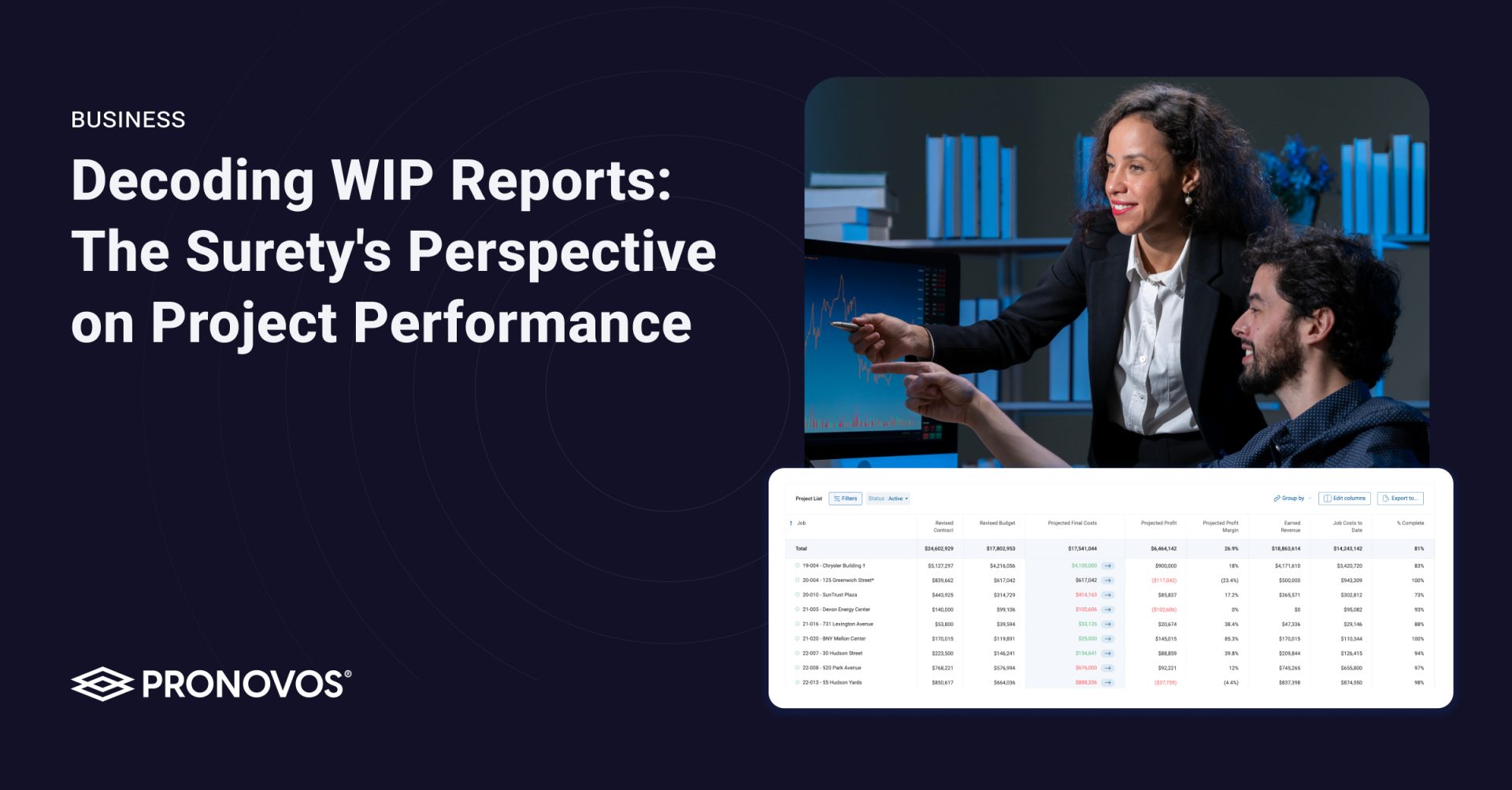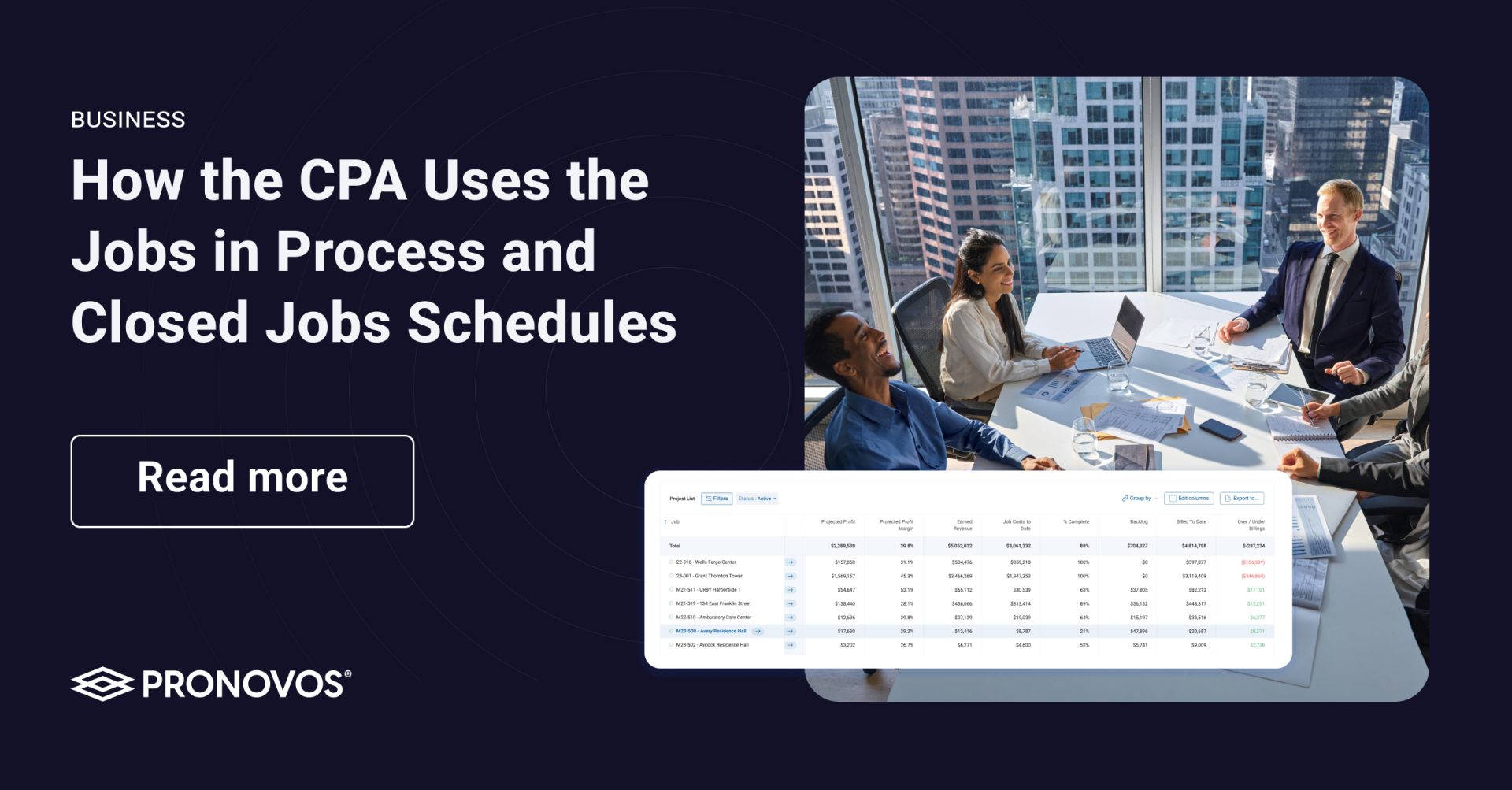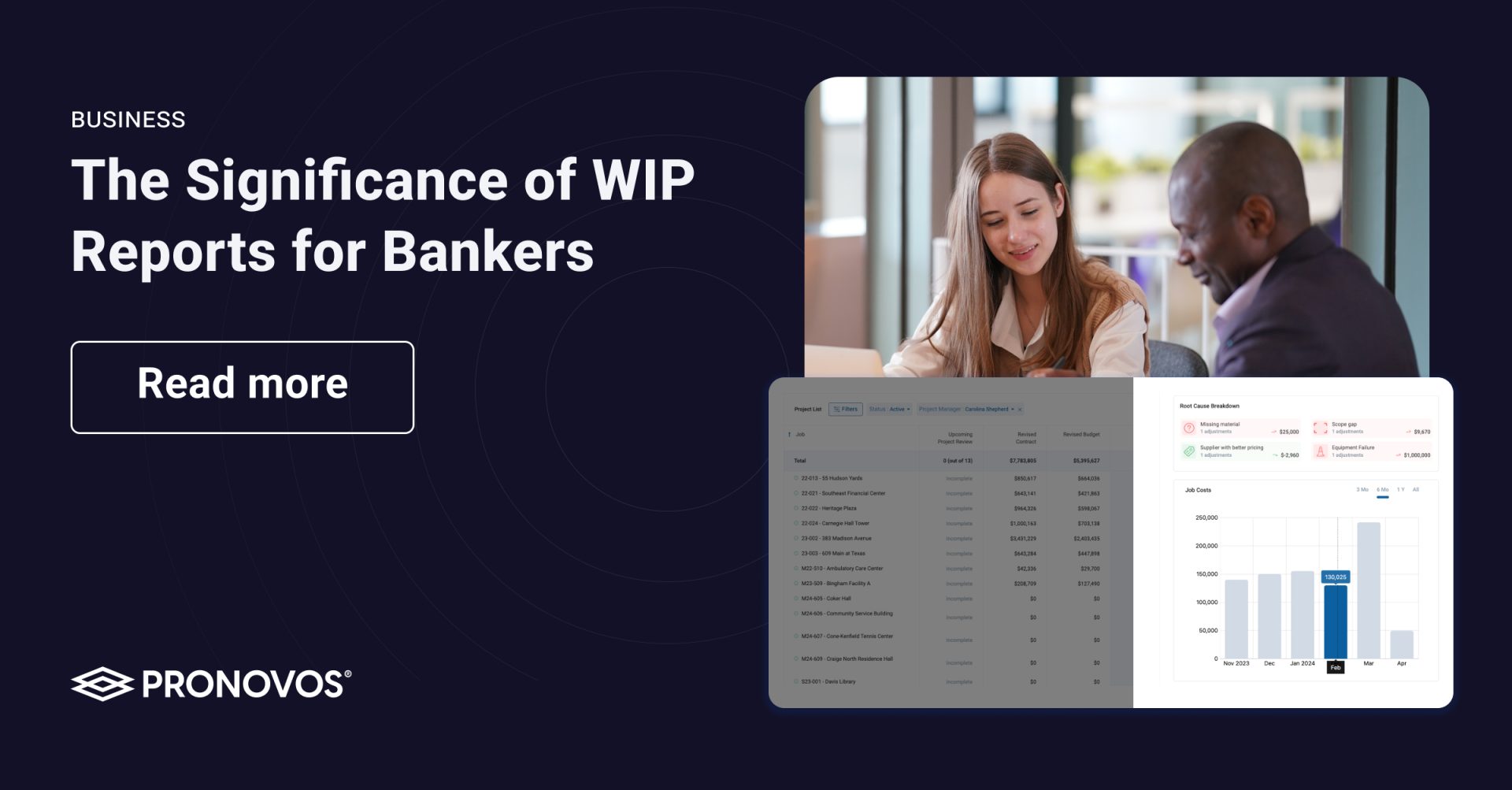Measuring project performance is crucial when a surety extends bond credit to a contractor. Open/Closed job work on hand becomes the “report card” not only for the contractor but also for anyone extending credit to them. The surety meticulously analyzes the contractor’s schedule of completed and uncompleted work to gain a better understanding of the contractor’s financial status and their ability to make accurate estimates on jobs.
The surety examines the amount of profit the contractor earned on completed and ongoing jobs. The profit on open jobs heavily depends on the contractor’s estimate of the final outcome. Profits on jobs nearing completion are more accurate than those in the early stages. Closed information provides a more reliable indication of cash assets than expected or estimated profit from unfinished work.
Surety underwriters assess past profit margins on jobs similar in size, type, and duration to the current work. If margins on previous jobs are lower than the original estimates for the current work in progress, the contractor needs to explain the optimistic forecast.





